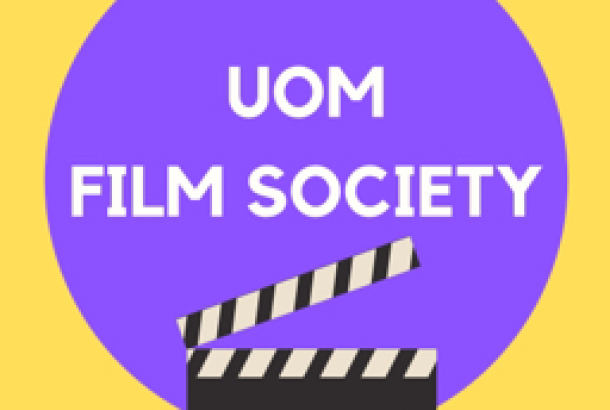Review: The Eyes of My Mother
The Eyes of My Mother opens with the penultimate scene before regressing back to the early years of Francisca’s childhood to tell the story of how things came to be. The use of monochrome is a bold decision by cinematographer Zach Kuperstein. A technique more commonly used in art films, the producers have married art with horror in a way which attempts to show the terror that can be hidden in the beautifully simple.
Unlike classic horrors, the chronological depiction of Francisca’s life helps aid explanations of why she is the way she is. From mutilation of others to stealing of a baby, Francisca is a truly terrifying woman, formed from of the deepest recess of your nightmares, capable of anything and very much so a product of her environment.
The actions of Francisca are driven, and almost excused, by her love for her mother, but we’ve seen the power of her own volition (even when her mother was alive) besides Francisca choose perform eye and vocal cord removal at no older than the age of 12 and on the day of her mother’s death. As Francisca grows, there a lot of unanswered questions relating to the death of her father and Kimiko. There are apparent signs but it is what is not said, which gaps are not filled, which make the film more horrifying by letting the viewer explore the possibilities.
Francisca’s namesake, St. Francis of Assisi, the patron of animals, is alluded to heavily during the film. This naming is purposeful and this is evident in Francisca’s traits in her need to make her own animals out of Charlie. The torture and killing of Charlie is very different, in purpose, to that of Lucy. Charlie is kept as a friend for over 10 years, blind and mute, she believes he gives her life purpose. When things go south for Charlie, Francisca sees Antonio as a gift from her mother but the reason she keeps Lucy captive like Charlie is not quite clear, as she treats Lucy differently to Charlie. Lucy’s attempt to scream after her disfigurement is one of the most blood-curdling sounds you’ll hear this year. Her desperate attempt to escape the madness is heart-breaking and chilling — especially when we know how useless it is.
The classic hero of the film is Antonio, Francisca’s stolen son, who inadvertently frees his mother from captivity in the barn. And even though the classic villain is and should be Francisca, I can’t help but feel that Charlie is also at fault for the beginning of the spiral of events and her silent father only helps to isolate her more, causing her tendencies to rise to the surface. Francisca may commit gross acts of violence in the most tender manner, but at the end of the day, she is just a woman trying to salvage her loneliness.







